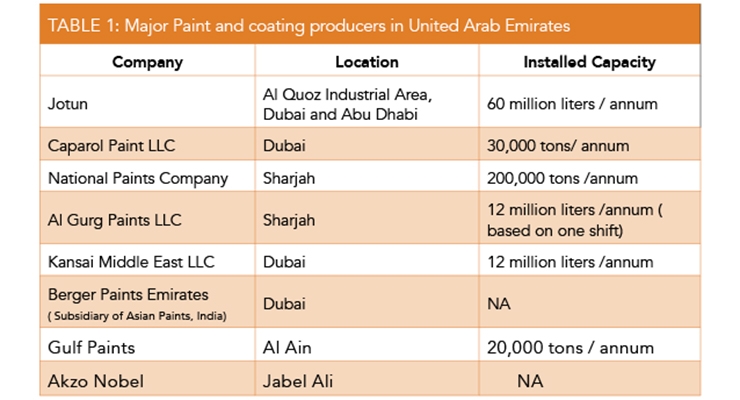Yearning For A Flawless Coating? Discover Exactly How Climate Elements Can Sway The Success Of Your Exterior Paint Task, Unraveling Essential Tricks For A Specialist Result
Yearning For A Flawless Coating? Discover Exactly How Climate Elements Can Sway The Success Of Your Exterior Paint Task, Unraveling Essential Tricks For A Specialist Result
Blog Article
Uploaded By- garage painting services
Comprehending just how weather conditions can influence the result of an external painting venture is paramount for attaining a flawless surface. From temperature level fluctuations altering paint attachment to moisture degrees influencing drying times, each element of climate plays a significant duty in the success of your job. Furthermore, wind speed and precipitation can present unanticipated difficulties that may jeopardize the quality of the final result. As we browse via the nuances of weather's effect on outside painting, it becomes apparent that careful preparation and tactical timing are vital for guaranteeing a professional and durable result.
Perfect Temperature Variety for Painting
When thinking about exterior paint jobs, the ideal temperature level variety plays an important role in achieving optimal results. Painting in the best temperature problems makes sure that the paint adheres effectively to the surface, dries out evenly, and treatments efficiently. Usually, the advised temperature range for external painting is between 50 to 85 degrees Fahrenheit.
Painting in https://small-job-painters-near-m98642.blogchaat.com/33955077/discover-the-latest-methods-and-designs-in-residential-paint listed below 50 degrees Fahrenheit can cause problems such as inadequate paint adhesion, long term drying times, and an enhanced chance of fracturing or peeling.
On graffiti removal tulsa , painting in temperatures over 85 levels Fahrenheit can create the paint to completely dry also quickly, leading to blistering, gurgling, and an uneven coating.
To attain the best outcomes, it is vital to check the weather report prior to beginning an exterior painting project. Preferably, goal to paint during moderate weather conditions with modest temperature levels and low moisture degrees.
Results of Moisture on Paint Drying
Humidity levels dramatically influence the drying out procedure of paint put on exterior surfaces. High humidity can lengthen the drying time of paint, resulting in prospective issues such as trickling, streaking, or even the formation of bubbles on the painted surface. Excess moisture in the air reduces the dissipation of water from the paint, hindering the treating process. This is particularly troublesome for water-based paints, as they depend on dissipation for drying out.
On the other hand, reduced moisture degrees can likewise affect paint drying. Incredibly completely dry conditions may trigger the paint to completely dry too quickly, resulting in poor adhesion and a rough finish. In such cases, adding a paint conditioner or splashing a fine haze of water airborne can assist manage moisture degrees and enhance the paint outcome.
To ensure optimal drying problems, it is recommended to repaint when the moisture degrees range in between 40% and 50%.
Tracking humidity degrees and taking suitable procedures can aid accomplish a smooth and resilient paint coating on outside surface areas.
Wind and Rainfall Factors To Consider
Wind speed and rainfall are vital factors that significantly impact the success of an exterior painting task.
When companies painting involves wind, both rate and direction are necessary factors to consider. High wind speeds can trigger paint to dry too swiftly, leading to a substandard completed with possible issues like fracturing or irregular structure. In addition, wind can bring debris that may comply with the wet paint, causing imperfections. For that reason, painters must intend to work on days with light to modest winds for optimum paint problems.
On the other hand, precipitation, whether rainfall or snow, can be exceptionally detrimental to the result of an external paint project. Wetness from precipitation can hinder paint bond, triggering peeling and bubbling over time. It is critical to prevent paint throughout rainy or snowy weather to make certain the longevity and quality of the paint task. Painters need to also enable sufficient time for the surface to completely dry extensively after any kind of precipitation prior to commencing or returning to the painting procedure.
Final thought
To conclude, weather conditions play a substantial function in the result of an external paint task. The excellent temperature level range, moisture degrees, wind rate, and rainfall all add to the success or failing of the paint task.
It is necessary to take into consideration these elements and plan appropriately to guarantee appropriate paint adhesion, drying out times, and general quality of the completed product.
